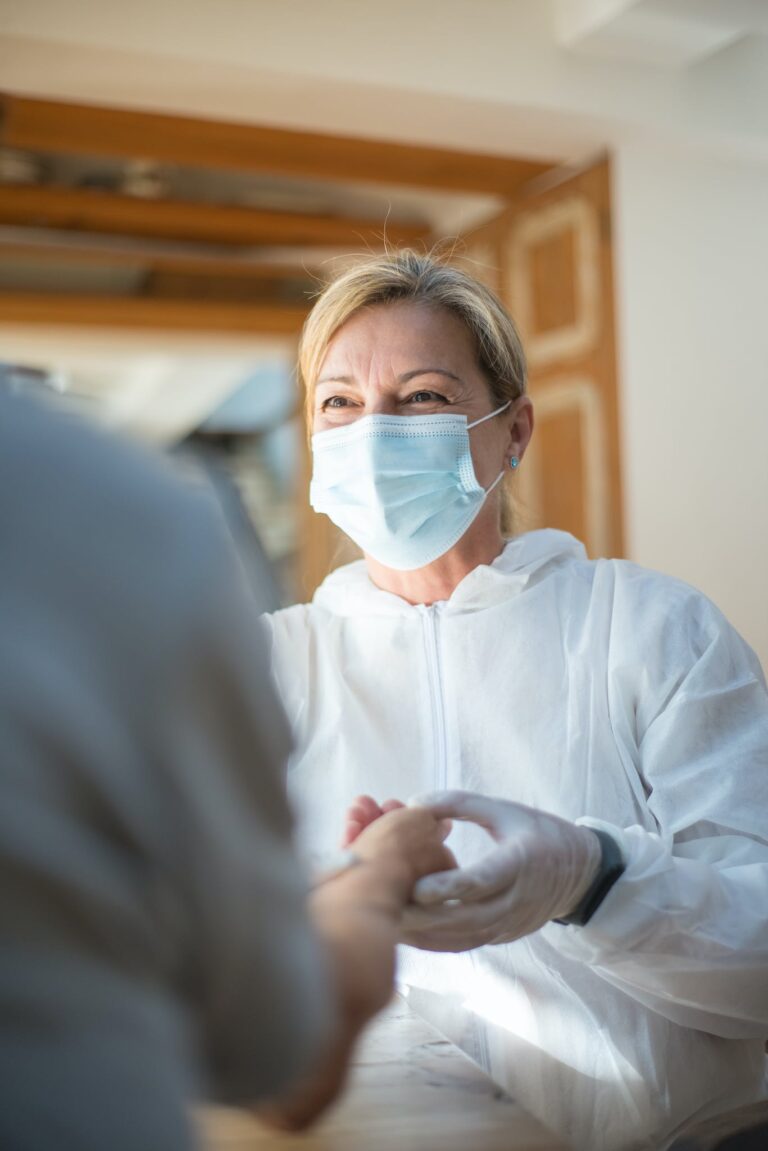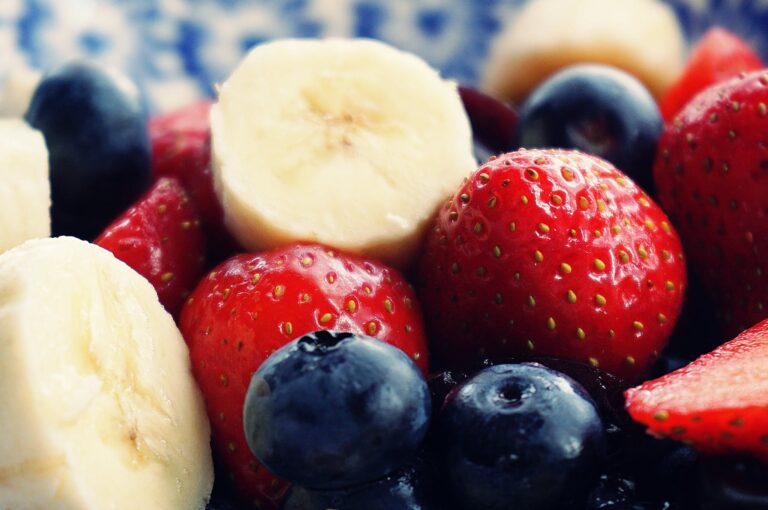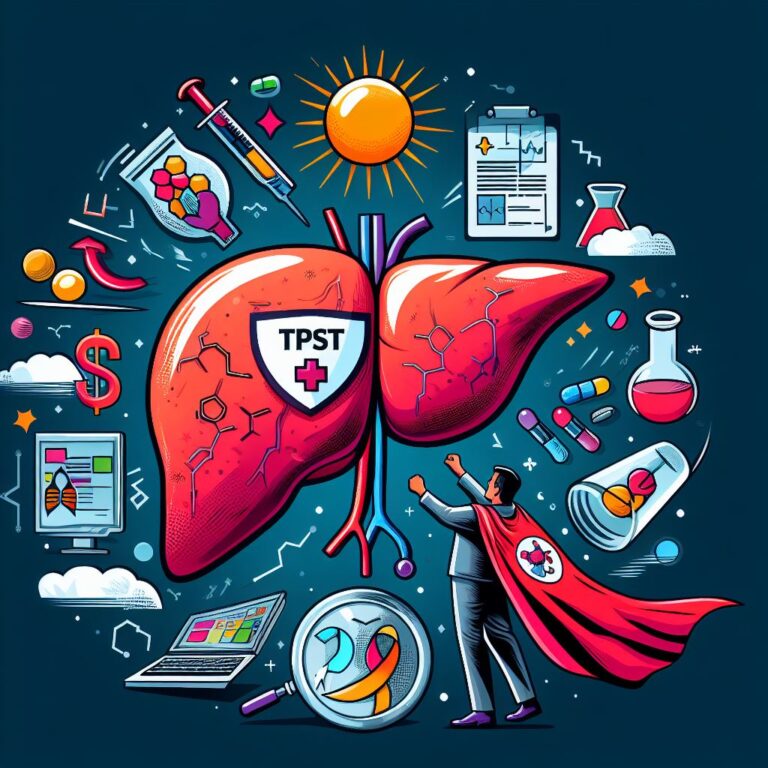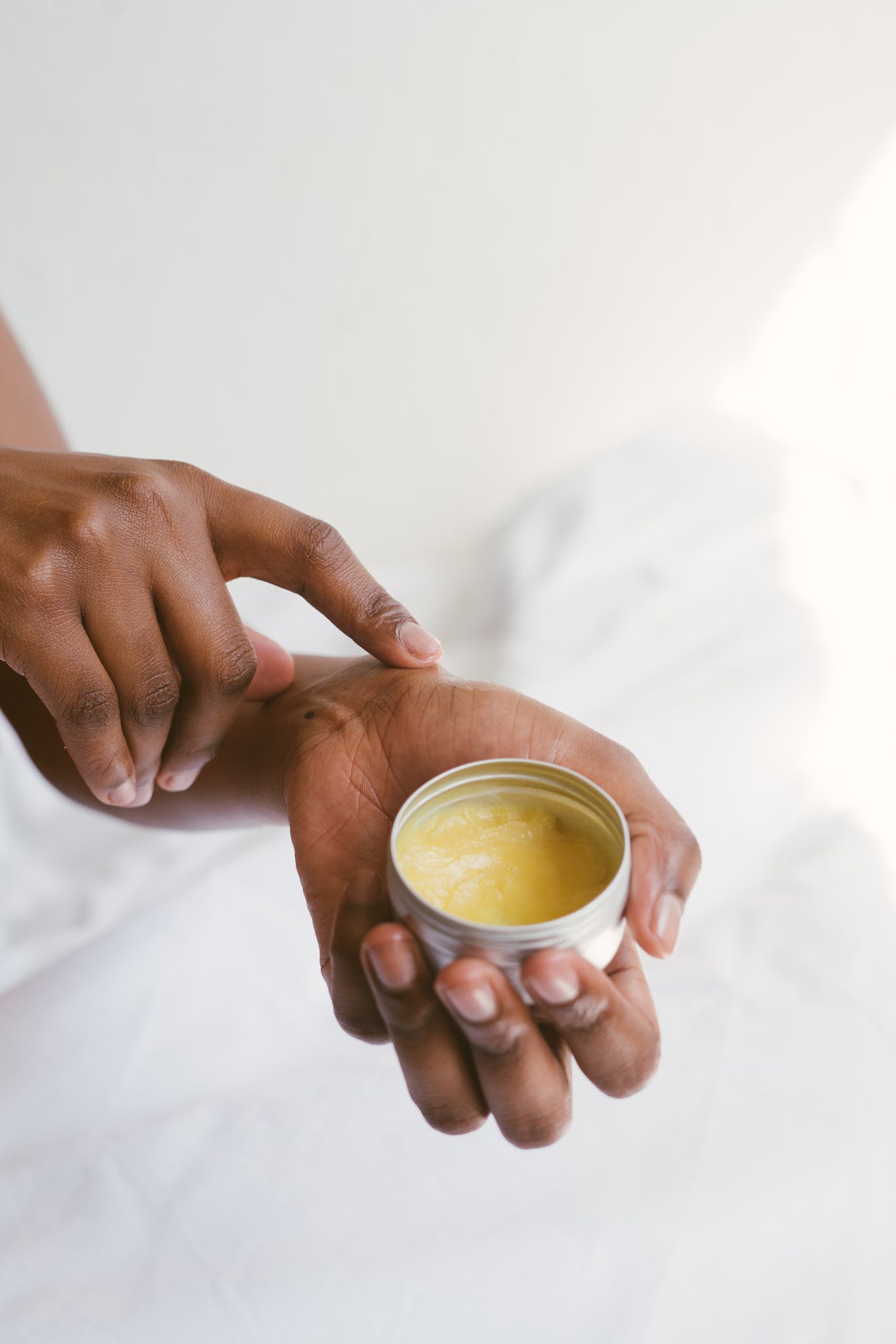
Personal care products are a mainstay in most households, with the industry raking in over $200 billion worldwide. However, concerns are rising regarding the largely unregulated ingredients in these items and their potential effects on human health and the environment.
A new study published in the Journal of Exposure Science and Environmental Epidemiology sheds light on this issue by evaluating the estrogenic and anti-estrogenic activity of several popular hair and skin care items.
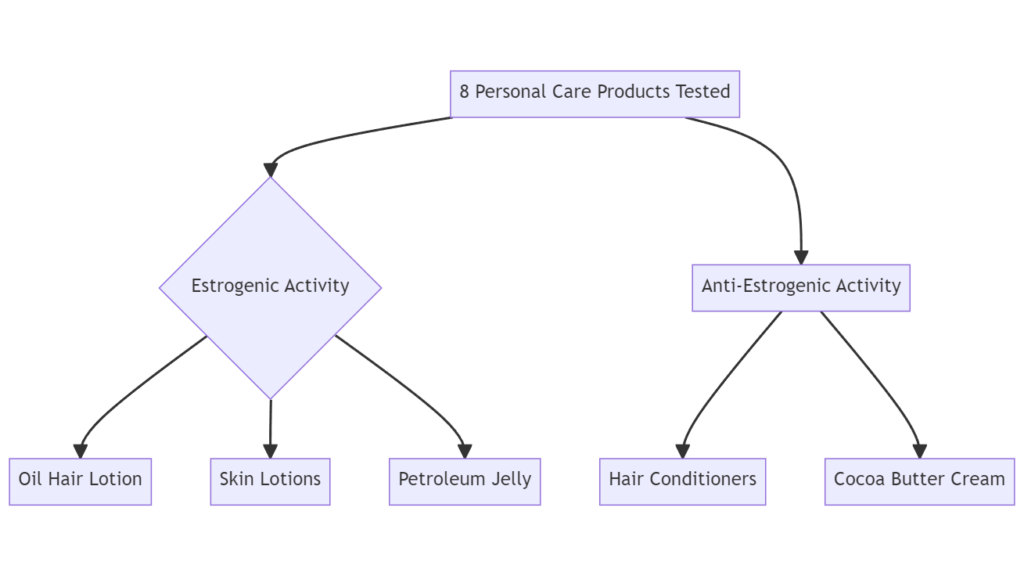
Why Estrogenic and Anti-Estrogenic Activity Matters
Many chemicals present in personal care products are known as endocrine disruptors. This means they can mimic, block, or otherwise interfere with the body’s naturally occurring hormones like estrogen.
Early exposure to such chemicals, especially in vulnerable populations like children and pregnant women, may:
- Disrupt proper development
- Increase cancer risk
- Impact fertility
- Cause early puberty
- Lead to other adverse health effects
Thus, understanding the estrogenic and anti-estrogenic activity of product ingredients is crucial.
Testing Common Personal Care Items
The researchers focused on 8 hair and skin products frequently used by African-American women, who tend to have higher exposure levels than other demographics.
The specific items tested were:
Hair Products:
- Hair relaxer
- Hair conditioner with placenta and jojoba oil
- Hair conditioner with tea tree oil
- Oil hair lotion
Skin Products:
- Cocoa butter skin cream
- Extra-dry skin lotion
- Intensive skin lotion
- Petroleum jelly
Using a highly sensitive in vitro assay, the team evaluated ethanol extracts of each product for:
- Estrogenic activity (EA) – the ability to mimic estrogen
- Anti-estrogenic activity (AEA) – the ability to block estrogen
Key Findings
The results were striking:
- 7 out of 8 products showed either EA or AEA
- No item displayed both EA and AEA
- Estrogenic effects were seen in the oil hair lotion, both skin lotions, and petroleum jelly
- Anti-estrogenic effects occurred with the placenta conditioner, tea tree conditioner, and cocoa butter cream
The Surprising Case of Petroleum Jelly
One especially unexpected finding was the moderate estrogenic activity of petroleum jelly, an ingredient present in 4 other tested products. This common emollient is found in a variety of lotions, ointments, and creams, frequently used alone and on infants.
Petroleum jelly was thought to have poor skin absorption. However, its complex hydrocarbon mixture likely contains cyclic structures associated with endocrine effects. Further research on its true absorption and risk is warranted.
Key Implications
This preliminary hazard analysis reveals the common occurrence of endocrine-disrupting chemicals in everyday personal care items. While definitive risk conclusions cannot yet be drawn, the results indicate several areas needing further study:
- Chemical make-up and effects of commercial mixtures versus individual components
- Absorption rates of product ingredients
- Impact of chronic low-dose exposures from habitual product use
- Vulnerable populations like children and pregnant women
- Possible links to adverse health outcomes like early puberty or cancer
Proper regulation and safety testing of personal care products is long overdue. Until then, consumers should apply caution and seek out safer alternatives whenever possible.
HealthWaggle will continue monitoring this important issue as the evidence evolves. Your health and wellbeing are our top priority.
Frequently Asked Questions
Q: Are all personal care products dangerous?
A: No, not all personal care items contain ingredients with hormonal activity. However, this study found that a majority of popular products tested did display concerning estrogenic or anti-estrogenic effects. Exercising caution is advised.
Q: What are some safer alternatives I can use?
A: Seek out products labeled as organic, natural, or fragrance-free. Carefully read ingredient lists and avoid items containing parabens, phthalates, and chemical UV filters. Coconut oil, shea butter, and aloe vera are excellent natural moisturizers.
Q: Are men affected too?
A: Yes, endocrine-disrupting chemicals pose risks for both genders. Estrogenic effects in males could potentially lead to impaired fertility, improper development, or altered hormone levels.
Q: Should I stop using all personal care products?
A: Completely eliminating use is unnecessary, but reducing exposure by being selective and using only small amounts of safer items when needed is wise. Also, avoid the combination of many products, and never use items intended for adults on children.
Q: What are next steps?
A: Further research is critical to clarify health risks, especially for vulnerable groups like children. In the meantime, consumers should apply the precautionary principle and seek safer alternatives whenever feasible.
Q: Can you recommend any specific brands that are known to be safer alternatives?
Here are some specific safer personal care product brands I can recommend:
- Beautycounter – This brand rigorously screens all ingredients and bans over 1500 harmful chemicals. Their products are EWG Verified.
- Acure – Acure uses plant-based and organic ingredients and avoids parabens, sulfates, phthalates, mineral oil, and other concerning chemicals.
- Earth Tu Face – This brand uses high quality organic and natural ingredients. Their products are USDA Certified Organic.
- PURA D’OR – PURA D’OR formulations contain antioxidants, vitamins, and organic extracts. They are cruelty-free and vegan.
- Handmade Heroes – Handmade Heroes offers handcrafted skin care made with organic oils, butters, and botanicals. Products are cruelty-free.
- Bubble & Bee – Bubble & Bee products contain organic oils and ingredients sourced from sustainable farms. They are plant-based and vegan.
- Biossance – Biossance formulates with plant-based biotechnology and uses EcoCert approved ingredients while avoiding over 2000 potentially harmful chemicals.
- True Botanicals – True Botanicals has a strict “No Compromise” ingredient policy and makes products with organic, sustainably sourced ingredients.
We hope these healthier, eco-friendly personal care brands provide a good starting point for consumers looking to reduce their chemical exposure from beauty products. As always, carefully reading ingredient lists is advised.
Source:
Myers SL, Yang CZ, Bittner GD, Witt KL, Tice RR, Baird DD. Estrogenic and anti-estrogenic activity of off-the-shelf hair and skin care products. J Expo Sci Environ Epidemiol. 2015 May;25(3):271-7. doi: 10.1038/jes.2014.32. Epub 2014 May 21. PMID: 24849798; PMCID: PMC4318791.


